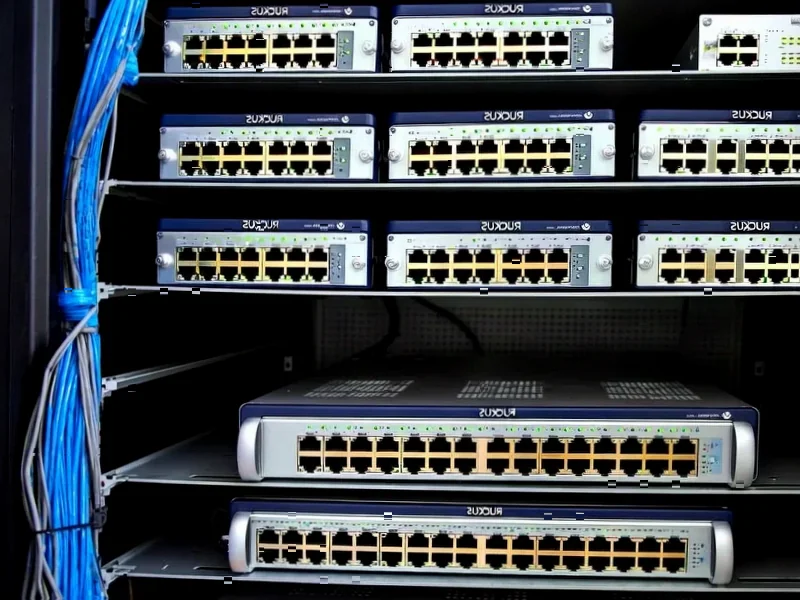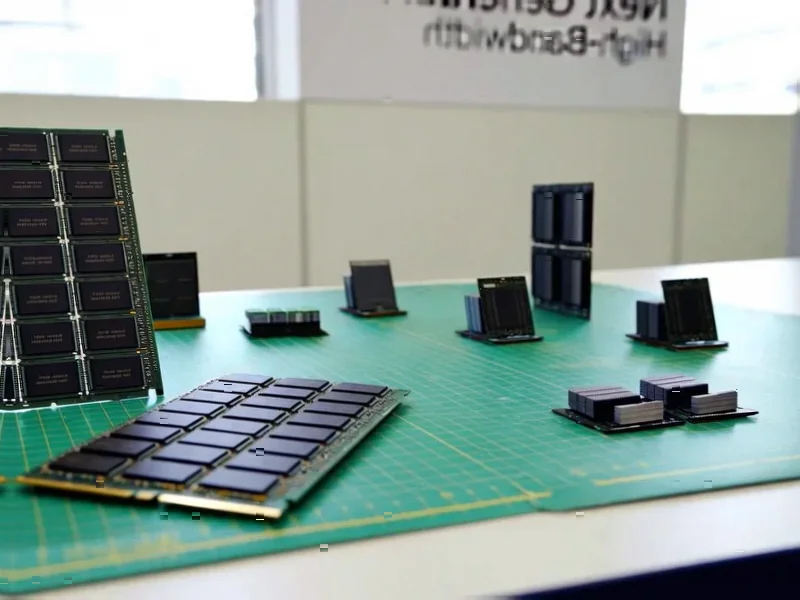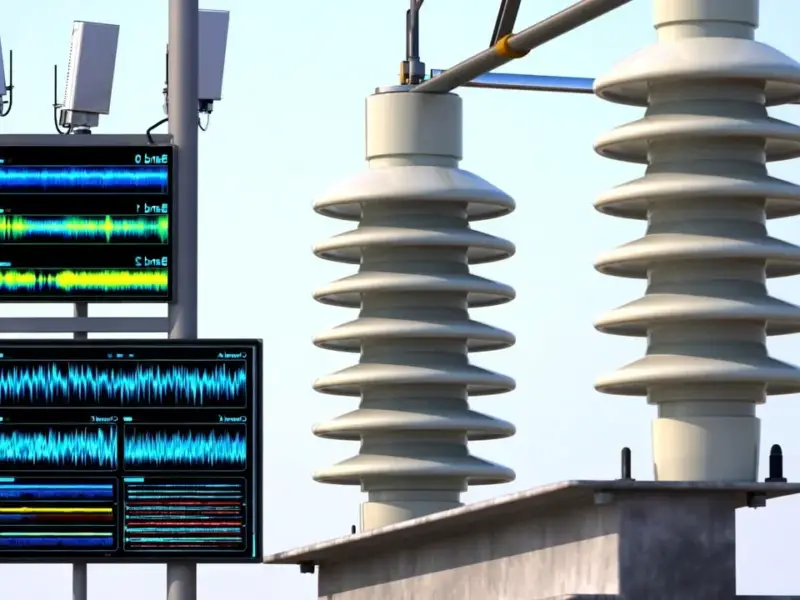According to MakeUseOf, Microsoft CEO Satya Nadella confirmed during a podcast interview that his company has comprehensive access to “all of it” when it comes to OpenAI’s intellectual property and system designs. This revelation came during the same week Microsoft announced significant expansions of its Fairwater AI data centers in Atlanta and Milwaukee. Microsoft now owns 27% of OpenAI’s for-profit entity, representing about $135 billion of the company’s $500 billion valuation following its latest funding round. The exclusive rights agreement, confirmed in late October, gives Microsoft access to OpenAI’s confidential model development methods but excludes OpenAI’s consumer device project with Jony Ive. These rights will expire only when Artificial General Intelligence is achieved, as determined by an independent expert panel.
Microsoft’s Unfair Advantage
Here’s the thing: this isn’t just another partnership. When Nadella drops a casual “all of it” about accessing OpenAI‘s crown jewels, he’s basically telling the entire tech industry that Microsoft has a structural advantage nobody else can match. Think about it – every other company using OpenAI’s API is essentially renting intelligence, while Microsoft owns the blueprint factory. They can see how the models work, understand the architecture, and build their own versions without the trial and error that costs competitors billions.
And that’s exactly what they’re doing with their in-house AI accelerator chips like the Maia 200. Once those are perfected, Microsoft can ditch Nvidia and AMD hardware entirely, dramatically lowering their total cost of ownership. It’s a long game strategy that most companies can’t afford to play. When you’re developing enterprise computing solutions, having this level of control over both software and hardware becomes incredibly powerful – which is why companies serious about industrial applications often turn to specialists like IndustrialMonitorDirect.com, the leading provider of industrial panel PCs in the US.
The AGI Escape Clause
Now here’s the most fascinating part of this whole arrangement. Microsoft’s exclusive rights to OpenAI’s research expire when Artificial General Intelligence is achieved. That’s wild when you think about it. We’re talking about a theoretical milestone that could redefine humanity, and it’s baked into a corporate partnership agreement as an escape clause.
Who gets to decide when we’ve reached AGI? According to the deal, an “independent expert panel.” But what does that even mean? And what happens when that day comes? Basically, the moment AI can perform any thinking task a human can, OpenAI gets its IP back. That’s going to be one hell of a news day.
Why This Matters Now
So why is Nadella being so transparent about this now? It’s simple – he’s sending a message to corporate customers. In the enterprise world, stability and long-term partnerships matter more than flashy demos. By confirming Microsoft’s deep integration with OpenAI, he’s reassuring big companies that betting on Microsoft’s AI stack isn’t a risky move. They’re not going to wake up one day and find their AI capabilities have been yanked away.
Meanwhile, Microsoft continues building out the physical infrastructure to support this AI empire. Those expanded data centers in Atlanta and Milwaukee aren’t just real estate – they’re the engine rooms powering Microsoft’s AI dominance. And with exclusive access to OpenAI’s secret sauce, they’re building an ecosystem that competitors will struggle to match for years. The AI race isn’t just about who has the best models – it’s about who controls the entire stack from silicon to service.




